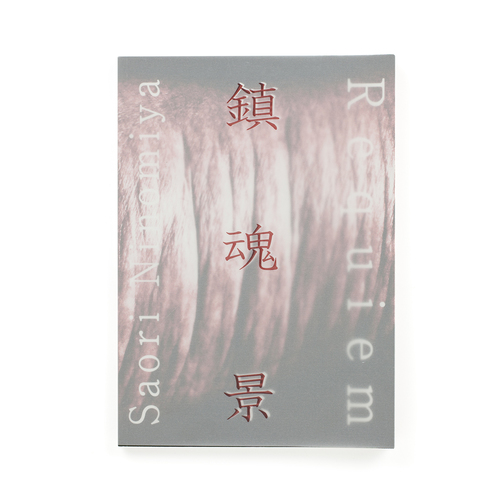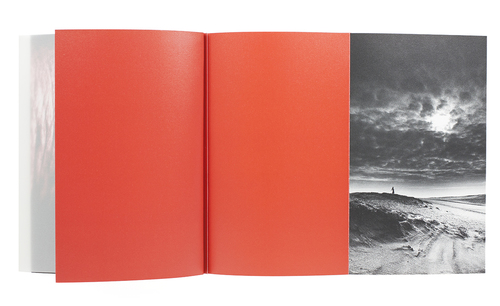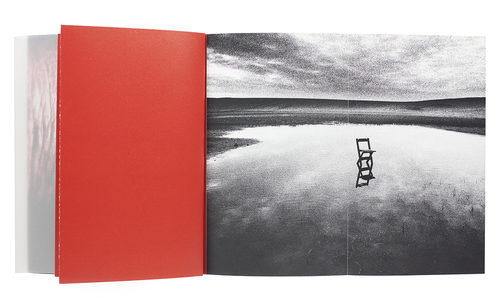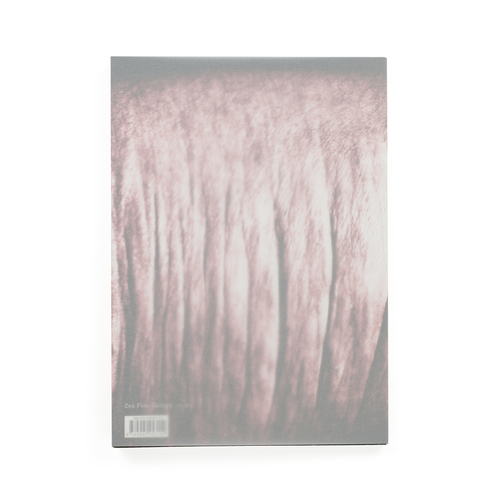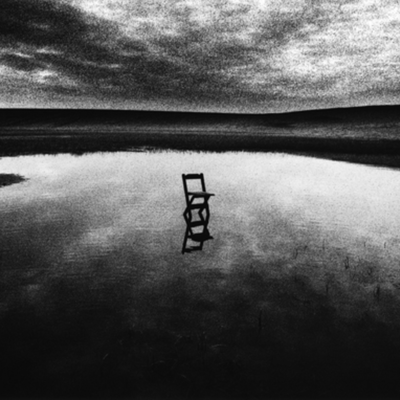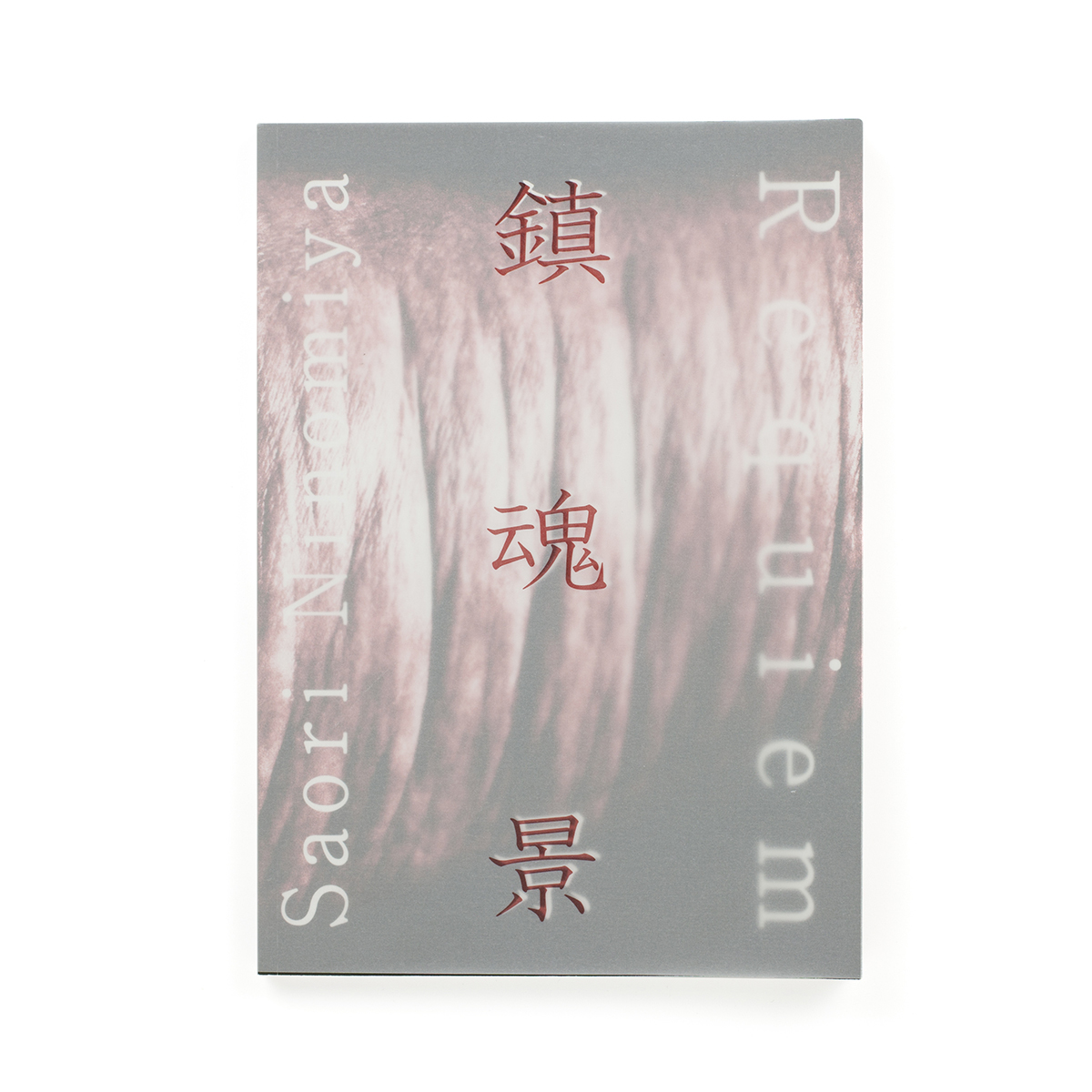
Requiem
Saori Ninomiya was born in 1970. She first picked up a camera in 1997 and has taught herself monochrome photography since then. Since experiencing sexual violence in January 1995, she has continued to put effort into the conversation between victims and perpetrators in the case of sexual violence.
This book, "Requiem", is structured around six poems: "The Crumbling Horizon", "A Mob", "The Wedge", "street corner", "a crush" and "the butterfly's carcass". When you turn the bright red pages, extremely grainy photographs with deep emotions and intensity appear. By using motifs including the color red, chairs, and flowers, the work evokes a feeling of femininity, as well as life and death, presence and absence. Despite photographing real locations, the images unfold as psychological landscapes. The artist's friends, who serve as subjects, become abstract human forms.
Requiem is a mass for the repose of the souls of the dead. It calms and pacifies the soul. Under the vast sky, in the stillness of the air, one may hear the souls crying out in shrill voices, expressing the rage of life.
—
A recent book that identifies three purposes of art:
Money – art as a store of money, or investment
Power – art as a statement of power, or status
Beauty – art as an expression of higher thingsThe author has a very superficial view of art. Of course some works that are now accepted as great were made for commercial reasons or to express the artist's concept of beauty, but can any of these criteria be applied to the work of van Gogh or Bosch, even Picasso or Miro? While Saori Ninomiya's works contain beauty, if perhaps a terrible beauty, these criteria are woefully inadequate in explaining the reasons the work came into being and their intensity.
— Mark Pearson
$17.80
- Book Size
- 257 x 182 mm
- Pages
- 48 page
- Binding
- softcover
- Language
- English, Japanese
- Publication Date
- 2012
